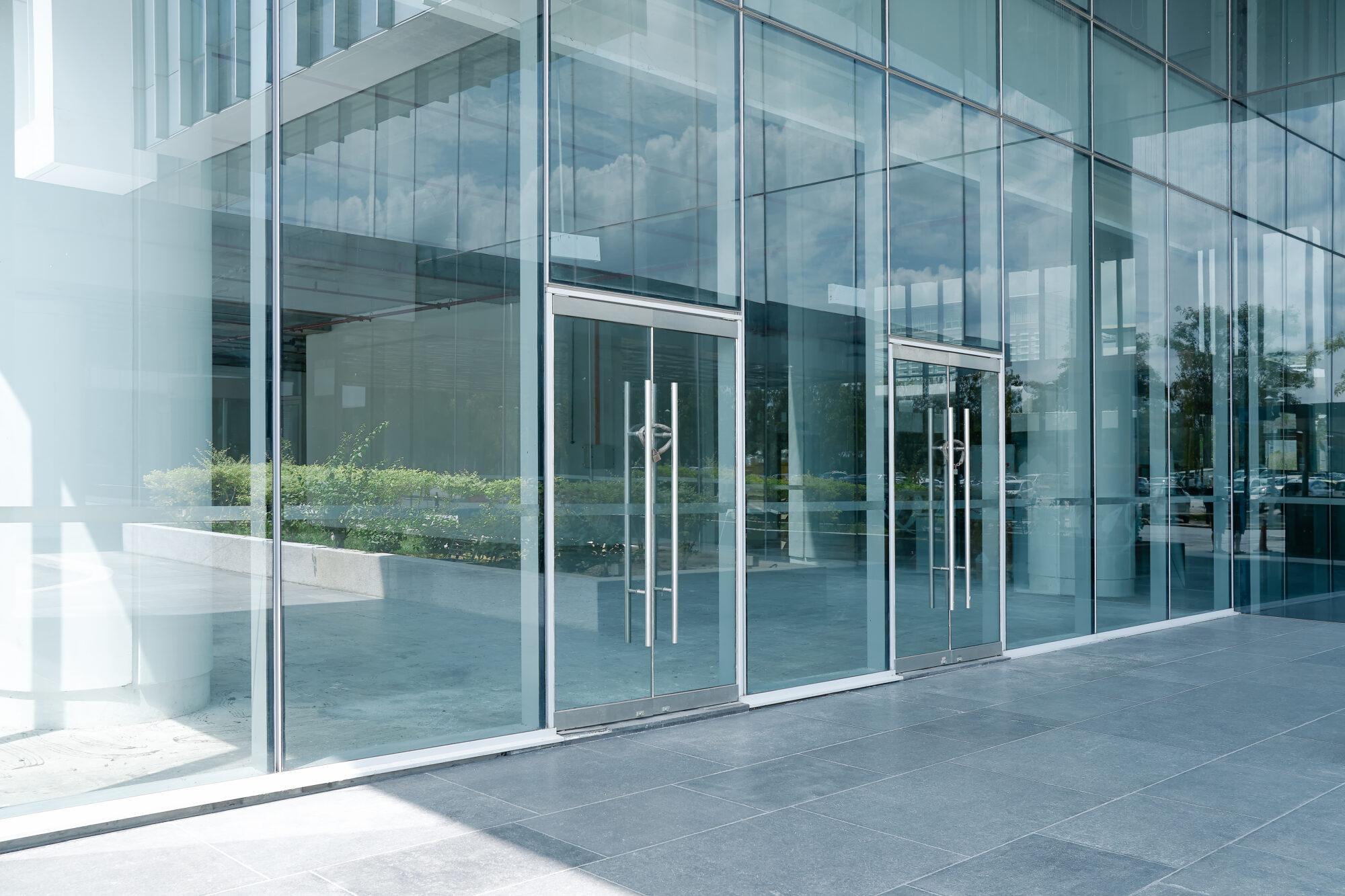© 2025 Genea Energy Partners, Inc. All Rights Reserved.
An emergency exit is a doorway specially designed to help people move out of the building during emergencies such as fire,...
Talk to an expert
Give us a call



